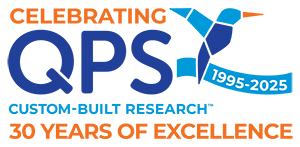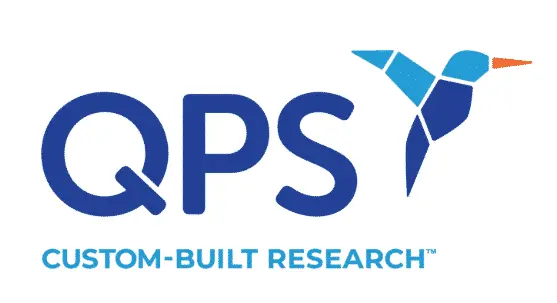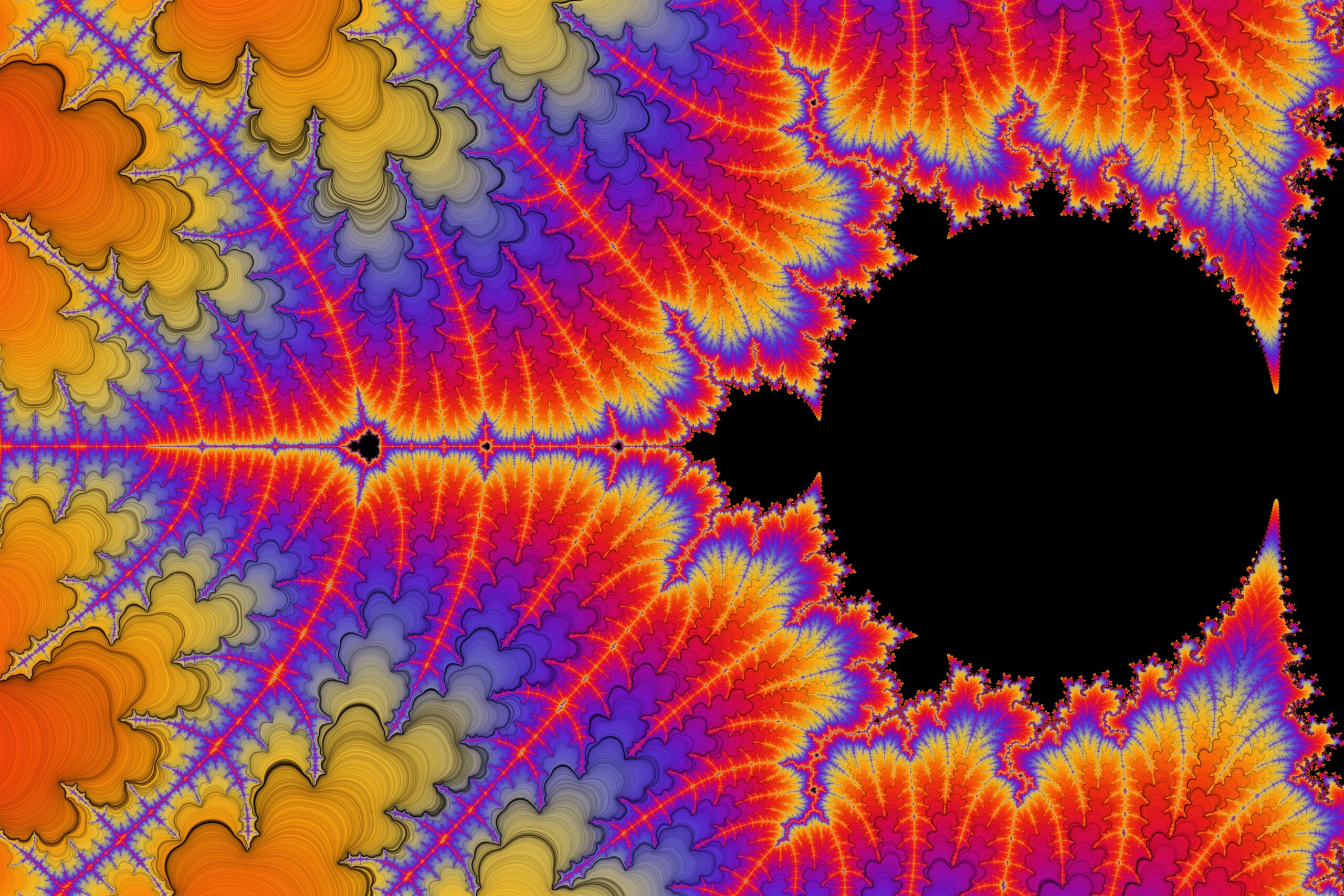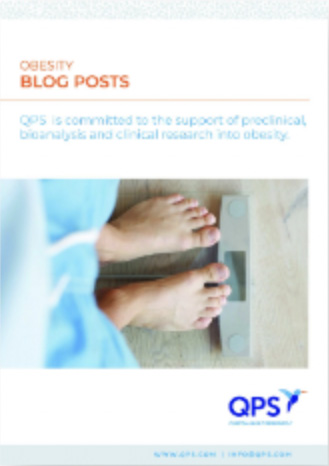Developing an effective and safe medicine is a labor of love in any therapeutic area, but perhaps none so much as the central nervous system (CNS). CNS medicines must cross the blood-brain barrier, a network of blood vessels and tissue comprised of closely spaced cells that protects the brain from toxins and pathogens, and in so doing, limits the types of therapeutic molecules that can effectively reach the brain. Psychedelic substances have no issue crossing the blood-brain barrier, which made them an excellent starting point for mental health therapeutics.
In part one of this blog, we talked about the revitalization of interest in psychedelics and other “illicit” substances for use in mental health therapy, as well as the logistical challenges researchers face due to public perception and what many believe are outdated regulations. In this, part two of the blog, we will explore the labor of love of manufacturing psychedelic-based/inspired medicines, including the goal of delivering therapeutic benefit without a “psychedelic experience.” We will also review the public and private investors funding these efforts who are showing their optimism for the potential outcomes of this research with significant financial backing.
Analogs, Derivatives, Formulations and Synthetics
Looking at the pipeline of psychedelic medicines, you will see a number of approaches to development and delivery. Some research is based on microdosing, new formulations or derivatives of the substances, while others work at a molecular level to create analogs or manufacture entirely synthetic forms rather than using the substances themselves.
For those developing analogs or synthetics, the goal is fine-tuning molecules to make them safer, faster acting, with fewer side effects, including the possibility of eliminating the psychedelic effects altogether. David E. Olson, who studies chemical neuroscience at the University of California and is a cofounder of Delix Therapeutics says, “The idea is to start with these compounds, and then just tweak their structures just a little bit, to make them better versions of themselves.”
Delix Therapeutics is developing novel compounds aimed at promoting neuroplasticity and is pursuing analogs of several psychedelics, one of which is ibogaine. Ibogaine, a naturally occurring, plant-based psychoactive substance was originally investigated to treat substance use disorder, but it also caused an irregular heartbeat. Olson’s lab developed tabernanthalog in 2020, a “a water-soluble, non-hallucinogenic, non-toxic analogue of ibogaine” that has showed promise in rodents.
Dalibor Sames, a chemist at Columbia University and cofounder of Gilgamesh Pharmaceuticals reported novel derivatives of ibogaine in a preprint that still hasn’t been peer-reviewed. Gilgamesh swapped the indole in ibogaine for a benzofuran and removed the methyl from its methoxy group to create oxa-noribogaine. Trials in rats showed this compound was even better than ibogaine at treating addiction, and without cardiac side effects.
Tristan McClure-Begley, a pharmacologist and program manager at the U.S. Defense Advanced Research Projects Agency (DARPA), wants scientists to look for fundamentally different molecules that can act on the same targets that psychedelics do. “I am unconvinced that the existing pharmacopoeia is representative of enough chemical diversity,” he says. “Every drug that we have, whether it’s an FDA-approved substance or a natural product, like psilocybin or DMT, tend to be structurally similar.”
DARPA has given Dr. Bryan Roth, who studies psychoactive pharmacology at the University of North Carolina at Chapel Hill, a grant of nearly $27 million to create “better medicines for treating mental illness using the biochemistry of psychedelics and other psychoactive molecules.” Roth says he’s unconvinced on whether it’s possible to remove the hallucinatory aspects of these molecules from their therapeutic properties, even though there are indications of success in rodents. “It’s basically a hypothesis to test,” he says. “The data is not conclusive, and we won’t know until we do clinical trials.”
Can There be Therapeutic Value Without Hallucinogenic Effects?
The research based upon alternate dosing, formulations and derivatives of the psychedelic substances are further along in trials, and some think the effort to remove the hallucinogenic properties will come at the cost of therapeutic value. David E. Nichols, an emeritus professor of pharmacology at Purdue University, works with Eleusis on psilocin (the active form of psilocybin) infusions. Nichols has been focused on treating existential distress, the dread people feel when faced with a terminal illness. He feels the psychedelic experience creates “a kind of mystical experience that takes away their fear of death” that would be lost without the hallucinogenic properties.
Some researchers feel the same may be true about MDMA treatments for PTSD. Part of the therapy involves talking about traumatic events, and the decreased neuroticism and reduced self-criticism associated with MDMA enables that to happen. Matthew Baggott, CEO of Tactogen, a company working on MDMA derivatives for mental health treatments says survivors of trauma “are able to think more clearly about things that they ordinarily try to avoid” while feeling the psychedelic effects.
Despite the skepticism, several companies are in Phase I and II studies with completely synthetic molecules inspired by psychedelic drugs, including:
- TRYP Therapeutics’ TRP-8802 is an oral synthetic psilocybin formulation currently in Phase II for the potential treatment of binge eating disorder and is also being investigated for fibromyalgia.
- Beckley Psytech is researching a synthetic version of 5-MeO-DMT (a drug with similar effects as psilocybin, derived from both plants and the secretions of the Sonoran Desert toad) and is entering Phase II trials for treatment resistant depression.
- Ceruvia Lifesciences’ SYNP-101 is a synthetic form of psilocybin currently being evaluated in a Phase I trial as potential treatment for cluster headaches, migraines, and obsessive-compulsive disorders.
- JOUR-001 from Journey Colab is a synthetic form of mescaline being developed for the potential treatment of alcohol use disorder and is set to be evaluated in a Phase I trial within the next year.
Public and Private Investments
Some of the companies exploring psychedelic-based medicines are publicly traded, and their robust market capitalization demonstrates the public confidence in the potential of these therapeutics:
- GH Research in Dublin, Ireland has a market capitalization of $870 million. Their focus is on N,N-Dimethyltryptamine derivatives for treatment-resistant depression.
- Atai Life Sciences in Berlin, Germany is an incubator for companies developing psychedelic mental health treatments. The company has a market cap of $851 million.
- Mind Medicine in New York, USA focuses on microdose and psychedelic-inspired medicines and has a market cap of $628 million
- Compass Pathways in London, England is developing Comp360 psilocybin therapy and has a market cap of $537 million
- Cybin in Toronto, Canada is focused on drug delivery mechanisms for psychedelic compounds and has a market cap of $163 million
Venture capital–backed firms are valued based on the funding they’ve raised for their research efforts:
- Delix Therapeutics in Massachusetts, USA, has a number of novel compounds based on psychedelics. They have raised $118 million.
- Beckley Psytech of Oxford, England is investigating psychedelics for neurological and psychiatric disorders. They have raised $114 million.
- Gilgamesh Pharmaceuticals in New York, USA develops novel psychedelic compounds from an artificial intelligence platform. They have raised $29.6 million.
- Multidisciplinary Association for Psychedelic Studies (MAPS) based in California, USA is a nonprofit developing psychedelics and marijuana. They have raised $13.0 million.
Time and Trial Will Tell
Perhaps Steven J. Zalcman, a branch chief at the National Institute of Mental Health in the U.S. put it best when he said, “You can’t translate from a rat or even a nonhuman primate directly to the human condition. While you develop a lot of really important leads and information in these preclinical studies, at the end of the day, the critical studies have to be done in human populations.” For many of these medicines, still in preclinical and early trials, it will likely be years before they reach that stage. Will the early indications of efficacy based on rodent models be just as effective in humans? Will psychedelic-based medicines, if approved, get past the social stigma and enter mainstream mental health practice? Will analog and synthetic medicines without hallucinogenic effects have the same, or any, therapeutic effect? Only clinical trials, and time, will tell.
Did you enjoy this blog post? Check out our other blog posts as well as related topics on our Webinar page.
QPS is a GLP- and GCP-compliant contract research organization (CRO) delivering the highest grade of discovery, preclinical and clinical drug research development services. Since 1995, it has grown from a tiny bioanalysis shop to a full-service CRO with 1,100+ employees in the U.S., Europe and Asia. Today, QPS offers expanded pharmaceutical contract R&D services with special expertise in neuropharmacology, DMPK, toxicology, bioanalysis, translational medicine and clinical development. An award-winning leader focused on bioanalytics and clinical trials, QPS is known for proven quality standards, technical expertise, a flexible approach to research, client satisfaction and turnkey laboratories and facilities. Through continual enhancements in capacities and resources, QPS stands tall in its commitment to delivering superior quality, skilled performance and trusted service to its valued customers. For more information, visit www.qps.com or email info@qps.com.
